AMTI News Archive 2018
December 2018
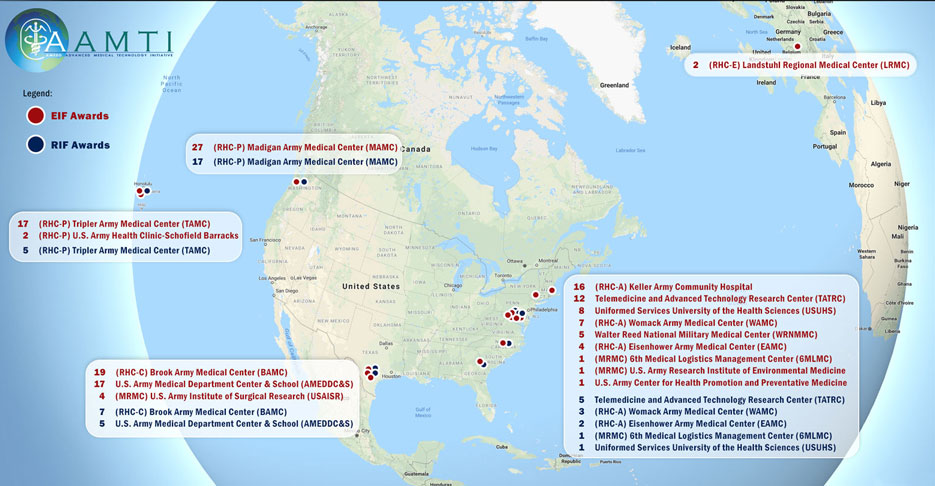
During the last five years at TATRC, the AMEDD Advanced Medical Technology Initiative (AAMTI) program has transformed into an ‘innovation incubator’ for enthusiastic clinicians across the AMEDD.
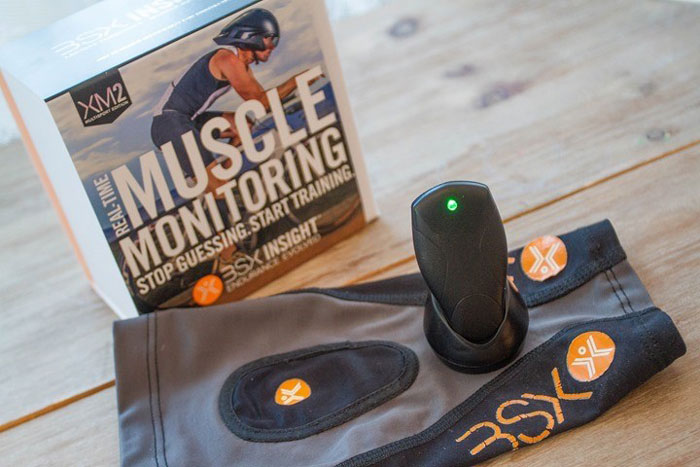
As a result of recent combat operations in Iraq and Afghanistan, the Military has been entrusted to care for over 1,700 Service Members and Veterans who have experienced traumatic limb loss, 82.7% of which have been of the lower limb.

Congratulations to an outstanding AAMTI Innovator, CPT Rowan Sheldon MD, Madigan Army Medical Center General Surgery resident, who was the winner of the 2019 American College of Surgeons (ACS) Committee on Trauma (COT) Resident Paper Competition for the all-DoD/VA/Canadian Military for Region 13.
November 2018
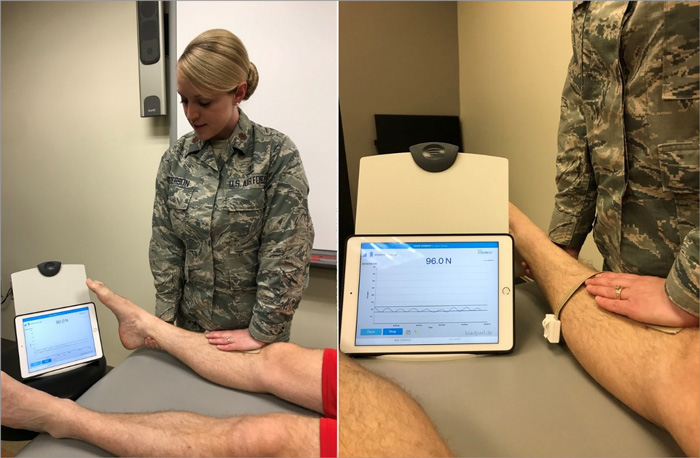
Osteoarthritis (OA) of the knee is a common and debilitating condition for many active duty and retired Service Members and beneficiaries. Traditional medical approaches include medications and injections providing modest symptom benefit with associated risks.
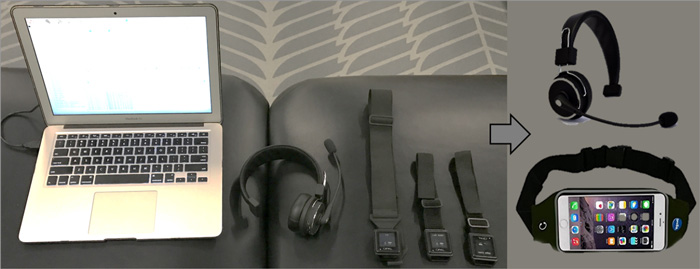
Despite the proliferation of state of the art traumatic brain injury (TBI) centers throughout the Department of Defense (DoD), the diagnosis and management of most mTBI cases occurs at the small unit level. Combat medics relying on the Military Acute Concussion Assessment (MACE) are often the first medical providers to assess injured Soldiers.
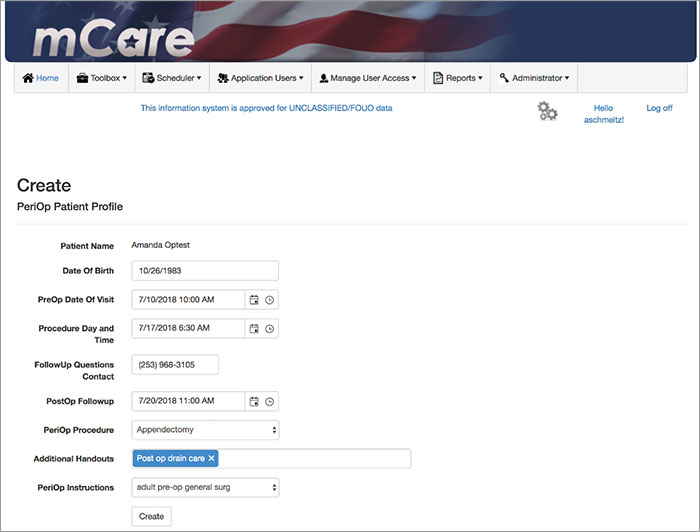
This summer the lab team at TATRC’s Mobile Health Innovation Center (mHIC) launched phase one of the “Development of a Mobile Web-Based Application for Pre and Post-Operative Patient Education of the Military Surgery Patient” pilot project.
June 2018
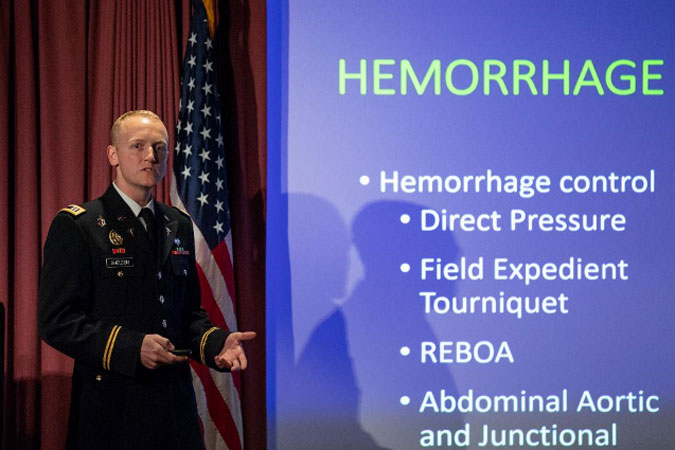
Ms. Holly Pavliscsak, TATRC’s Program Manager who oversees the AMEDD Advanced Medical Technology Initiative (AAMTI) was on the road again in May. This trip took her to Madigan Army Medical Center (MAMC) in Tacoma, Washington where she attended the Colonel Pat C. Kelly Madigan Research Day on 4 May. COL Richard Burney, Chief of the Department of Clinical Investigations hosted this impressive event.
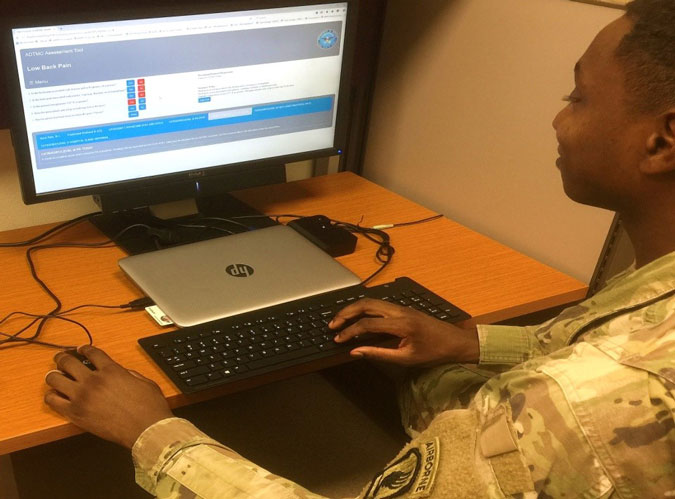
Currently, U.S. Army medics in the field carry the 269 page, 2-4 lb paper Algorithm Directed Troop Medical Care Manual (ADTMC) with them to Battalion Aid Stations (BAS).
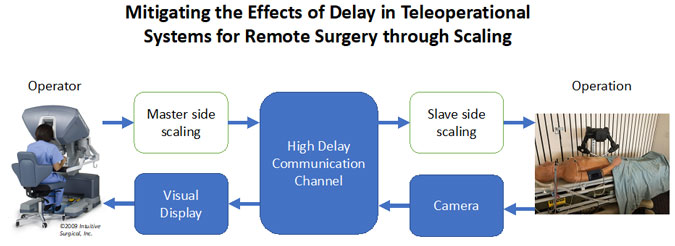
In early 2018, the U.S. Army Medical Department (AMEDD) defined its strategic vision on the role of medical robotics and man-machine interfaces for the future of Army medicine. In line with the Army’s Robotic and Autonomous Systems Strategy, AMEDD outlines mid and long-term goals for research and development of strategies to enable semi-autonomous tele-robotic surgery for combat casualty care in austere and combat environments.
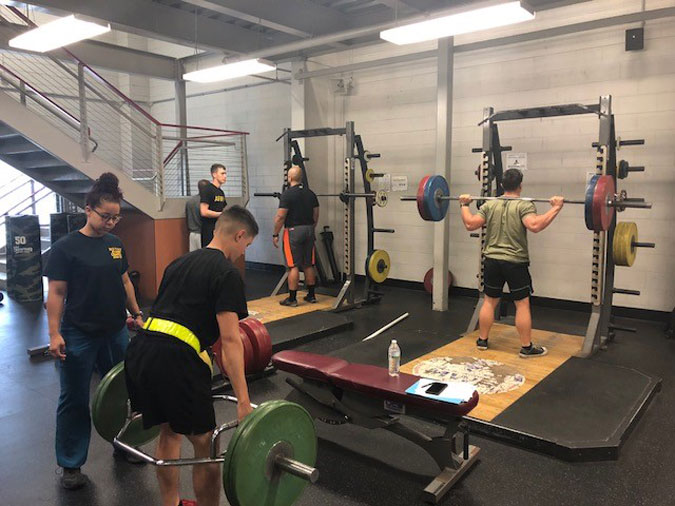
The XVIII Airborne Corps is aggressively working to reduce the impact and frequency of musculoskeletal injuries and have identified a gap in the traditional methods used to physically train our Soldiers prior to injury and following injury rehabilitation.
April 2018

In 2017, the AAMTI program introduced the Rapid Innovation Funding (RIF) program as an optional alternative program to the traditional AAMTI Extended Innovation Funding (EIF). Unlike the traditional AAMTI projects which are an average duration of eighteen months, AAMTI RIFs projects should be accomplished in 6 months or less.
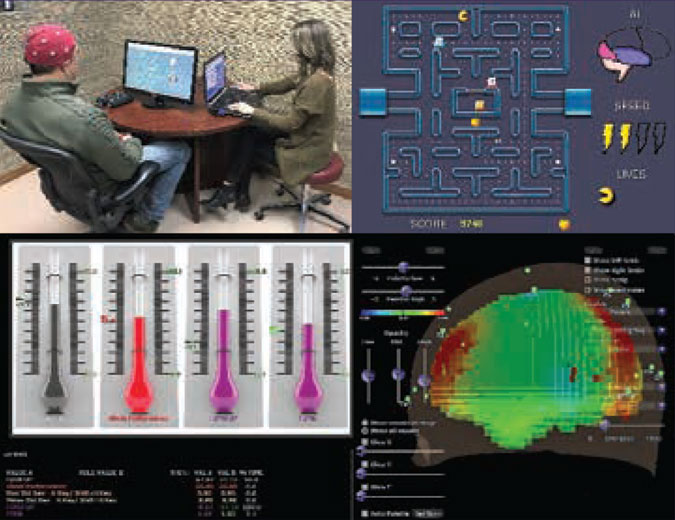
Lifetime history of traumatic brain injury (TBI) is present in over 60% of military personnel. While most of these events are mild and leave no complications, nearly 20% of individuals sustaining TBI experience persistent symptoms. The presence of somatic, cognitive and/or behavioral impairment may affect the service member’s capacity to return to duty.
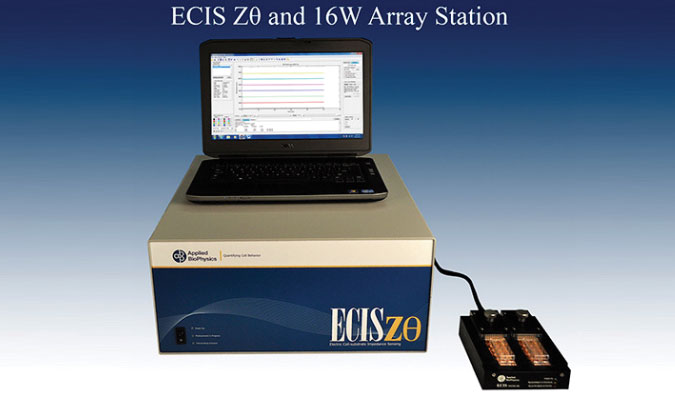
The disruptive nature of war coupled with the degradation of barriers to infection resulting from combat and non-combat injuries predispose military personnel to bacterial infection. Bacterial infection is a significant cause of morbidity and mortality in the military healthcare setting.
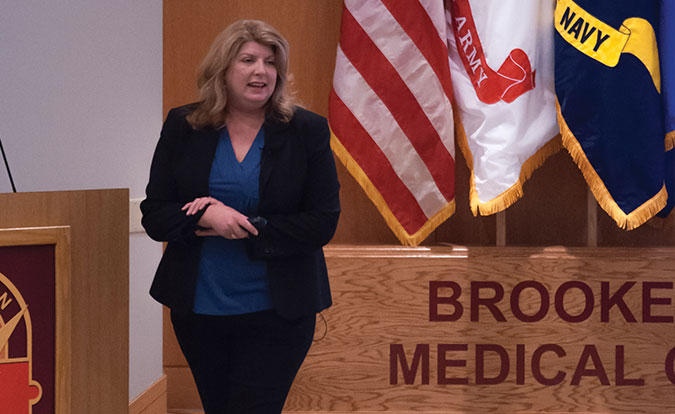
Ms. Holly Pavliscsak, Program Manager for the AMEDD Advanced Medical Technology Initiative (AAMTI), was honored to be invited by Department of Clinical Investigation and the Graduate Medical Education department at the Brooke Army Medical Center (BAMC) in Fort Sam Houston, Texas to be the featured speaker at their Research Open House event on 31 January.